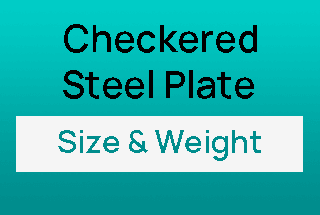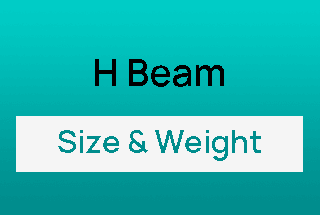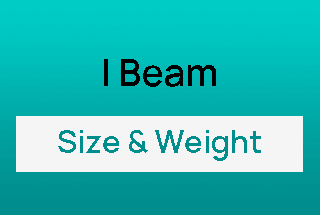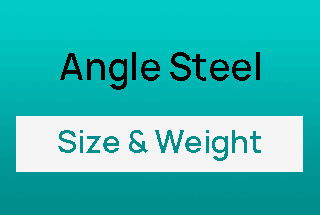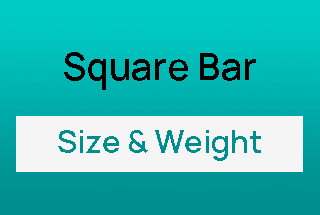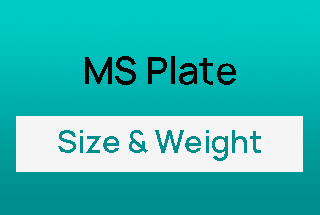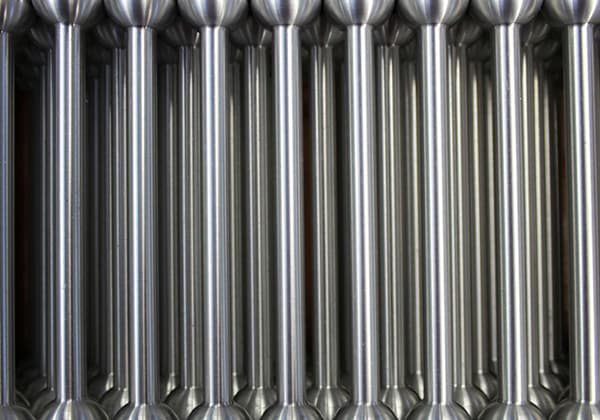
Have you ever wondered about the hidden world of Z-purlins? In this captivating article, our expert mechanical engineer will guide you through the intricacies of calculating Z-purlin weight. Discover how factors like material specs, steel type, and galvanizing influence the weight and cost of your projects. Get ready to unlock the secrets of optimizing Z-purlin use across various industries!
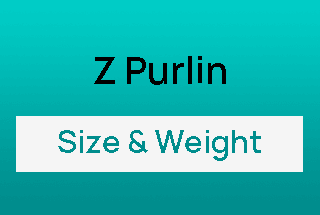
The Z purlin weight calculator is a useful tool for determining the weight of Z purlin steel in kilograms. By inputting the dimensions and specifications of the Z purlin, you can quickly calculate its weight for your project.
To use the calculator, follow these steps:
The following chart provides the weights of common cold bend Z section steel and Z purlin steel sizes:
| No | Item | Model | Weight (kg/m) | Weight (lb/ft) |
| 1 | Cold Bend Z Section Steel | Z80×40×2.5 | 2.947 | 1.980 |
| 2 | Cold Bend Z Section Steel | Z80×40×3.0 | 3.491 | 2.346 |
| 3 | Cold Bend Z Section Steel | Z100×50×2.5 | 3.732 | 2.508 |
| 4 | Cold Bend Z Section Steel | Z100×50×3.0 | 4.432 | 2.978 |
| 5 | Cold Bend Z Purlin Steel | Z100×40×20×2.0 | 3.208 | 2.156 |
| 6 | Cold Bend Z Purlin Steel | Z100×40×20×2.5 | 3.932 | 2.642 |
| 7 | Cold Bend Z Purlin Steel | Z120×50×20×2.0 | 3.835 | 2.577 |
| 8 | Cold Bend Z Purlin Steel | Z120×50×20×2.5 | 4.718 | 3.170 |
| 9 | Cold Bend Z Purlin Steel | Z120×50×20×3.0 | 5.569 | 3.742 |
| 10 | Cold Bend Z Purlin Steel | Z140×50×20×2.5 | 5.11 | 3.434 |
| 11 | Cold Bend Z Purlin Steel | Z140×50×20×3.0 | 6.04 | 4.059 |
| 12 | Cold Bend Z Purlin Steel | Z160×60×20×2.5 | 5.895 | 3.961 |
| 13 | Cold Bend Z Purlin Steel | Z160×60×20×3.0 | 6.982 | 4.692 |
| 14 | Cold Bend Z Purlin Steel | Z160×70×20×2.5 | 6.288 | 4.225 |
| 15 | Cold Bend Z Purlin Steel | Z160×70×20×3.0 | 7.453 | 5.008 |
| 16 | Cold Bend Z Purlin Steel | Z180×70×20×2.5 | 6.679 | 4.488 |
| 17 | Cold Bend Z Purlin Steel | Z180×70×20×3.0 | 7.924 | 5.325 |
| 18 | Cold Bend Z Purlin Steel | Z200×70×20×2.5 | 7.073 | 4.753 |
| 19 | Cold Bend Z Purlin Steel | Z200×70×20×3.0 | 8.394 | 5.641 |
| 20 | Cold Bend Z Purlin Steel | Z230×75×25×3.0 | 9.573 | 6.433 |
| 21 | Cold Bend Z Purlin Steel | Z230×75×25×4.0 | 12.51 | 8.406 |
| 22 | Cold Bend Z Purlin Steel | Z250×75×25×3.0 | 10.04 | 6.747 |
| 23 | Cold Bend Z Purlin Steel | Z250×75×25×4.0 | 13.14 | 8.830 |
Several factors influence the actual weight of Z-purlins in real-world applications:
Understanding these factors helps in accurately estimating the weight and cost of Z-purlins for your specific project requirements.
Z-section steel is a popular type of cold-formed, thin-walled steel with a Z-shaped cross-section. It typically has a thickness ranging from 1.6 to 3.0 mm and a section height of 120 to 350 mm. Z-section steel is manufactured from hot-rolled (painted) or galvanized materials and is commonly used in large steel structure plants.
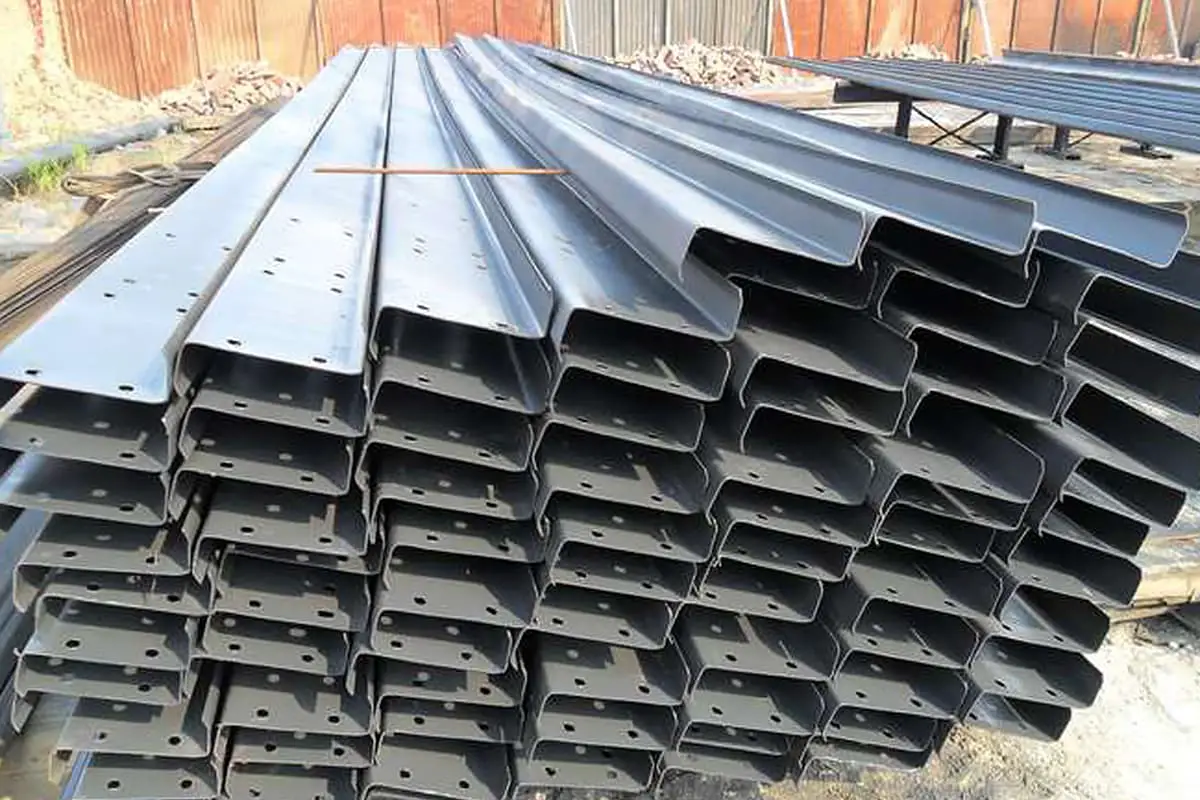
Due to its high compressive strength and customizable specifications, Z-section steel finds widespread use in various industries and applications, such as:
The versatility and adaptability of Z-section steel make it a preferred choice for numerous construction and manufacturing projects.
The Z purlin weight calculator and weight chart provide a convenient way to determine the weight of Z-purlins based on their dimensions and specifications. By considering factors such as raw material specs, steel type, origin, and galvanizing, you can make informed decisions when selecting Z-purlins for your projects. Understanding the properties and applications of Z-section steel helps in optimizing its use across various industries and ensuring the success of your construction or manufacturing endeavors.

